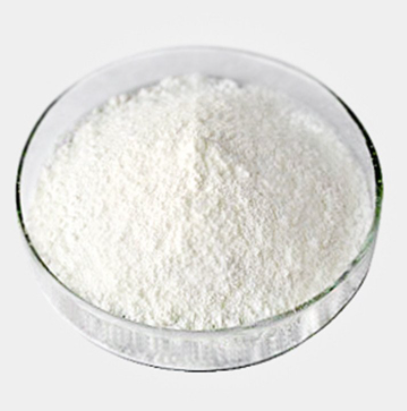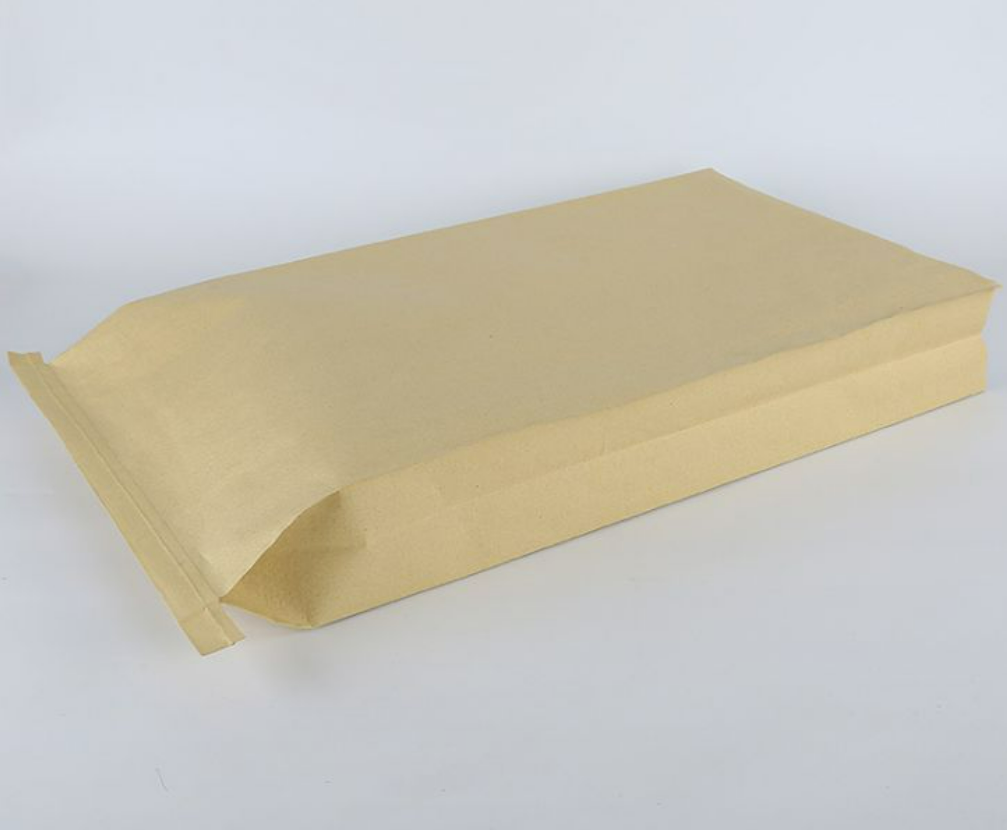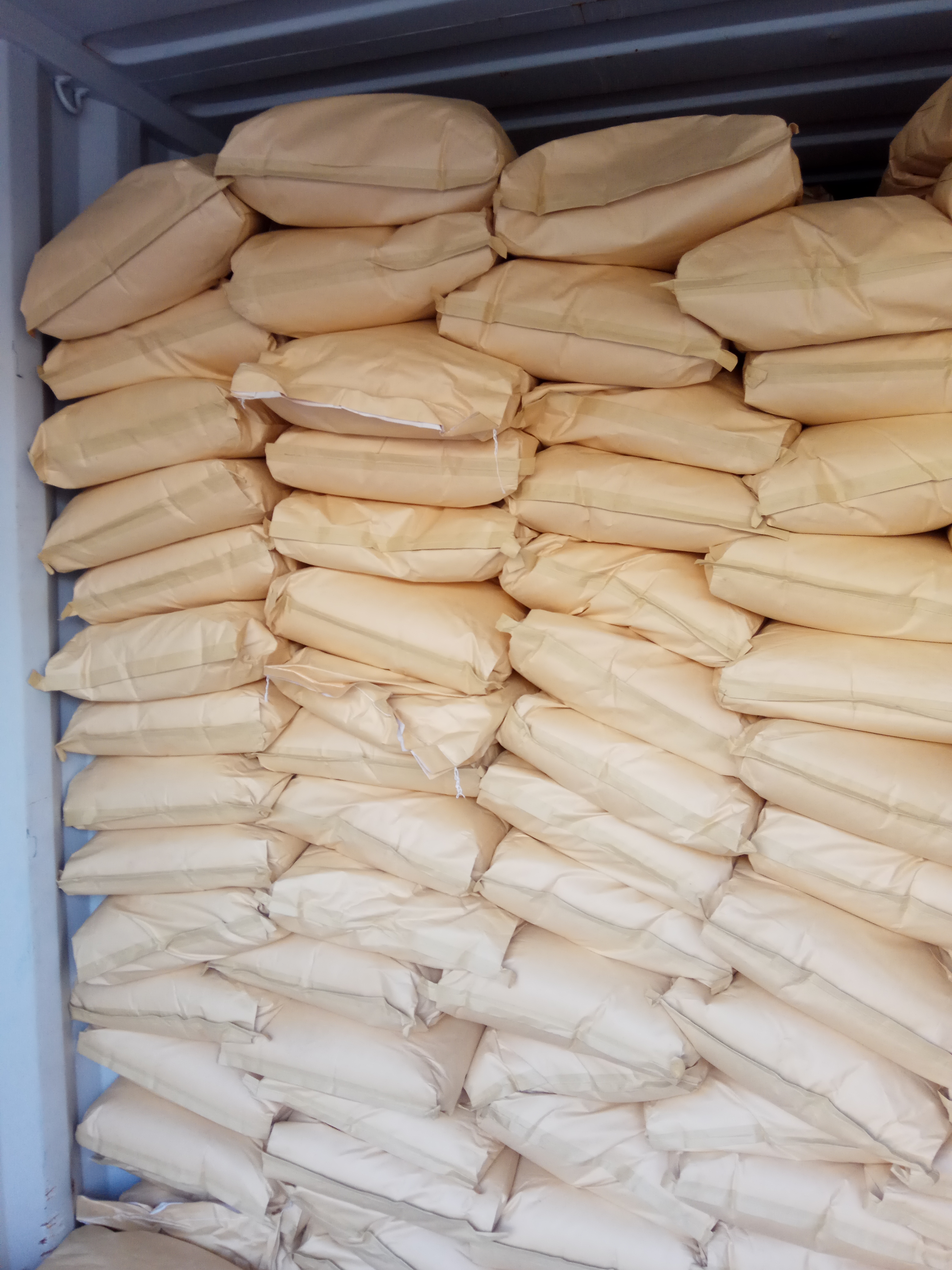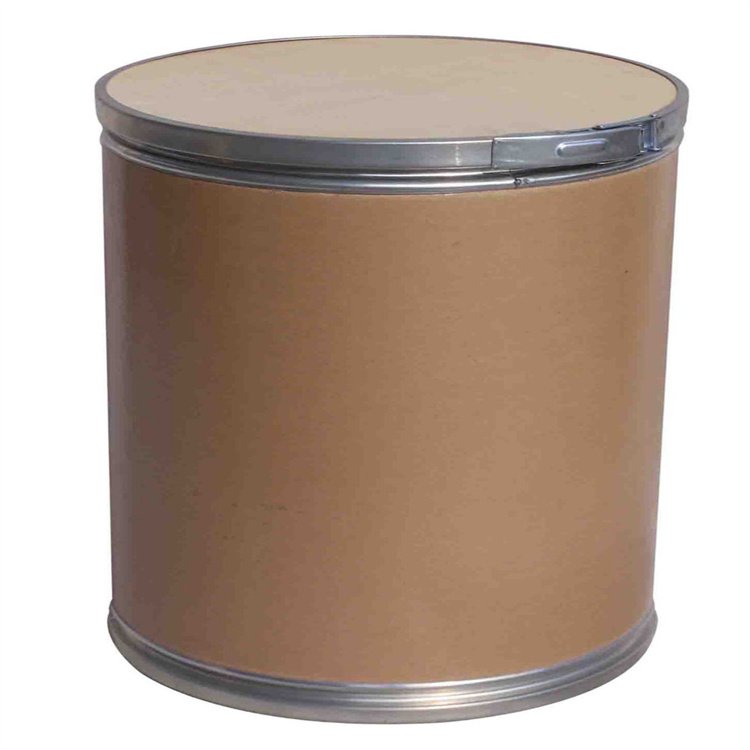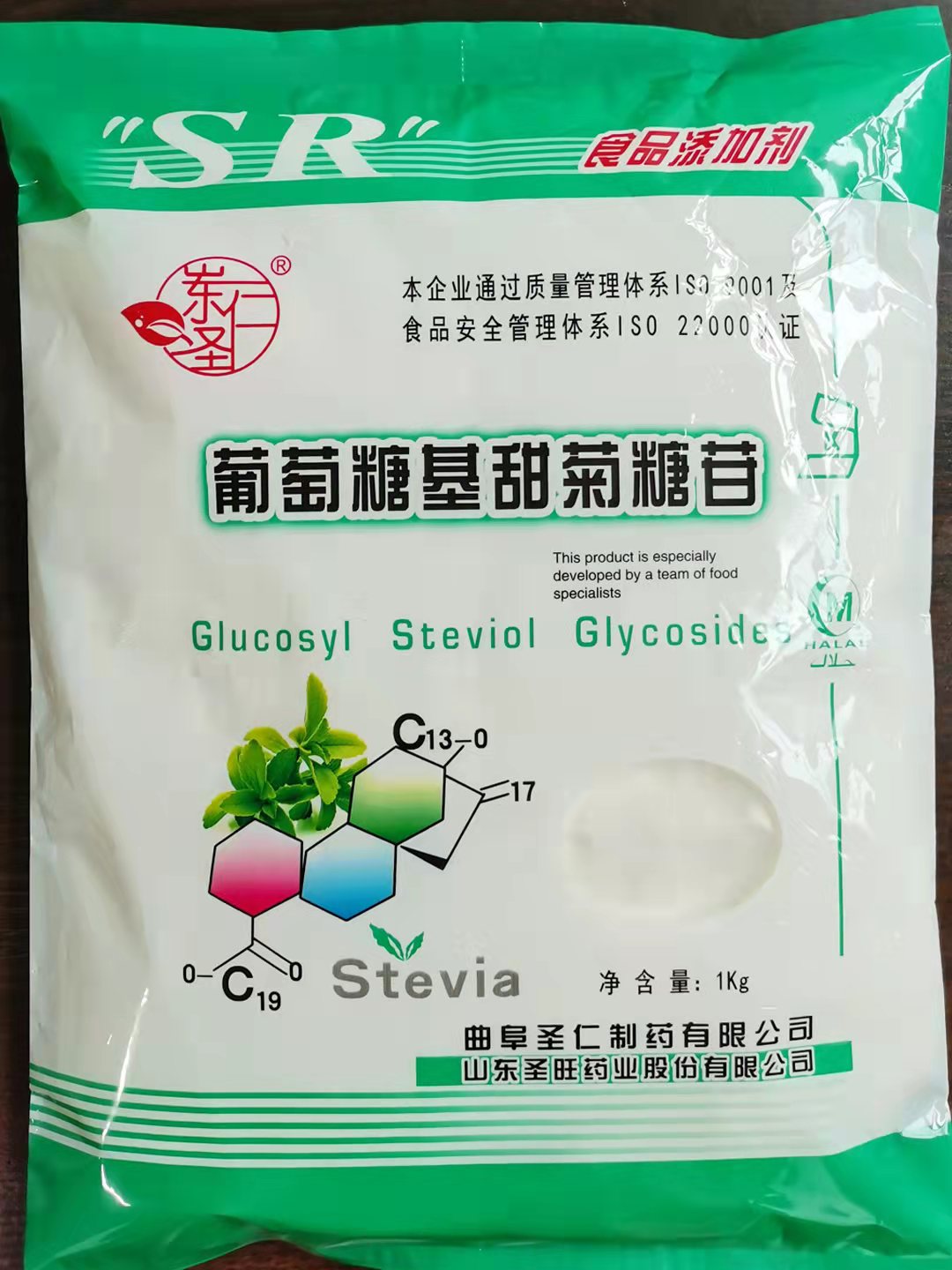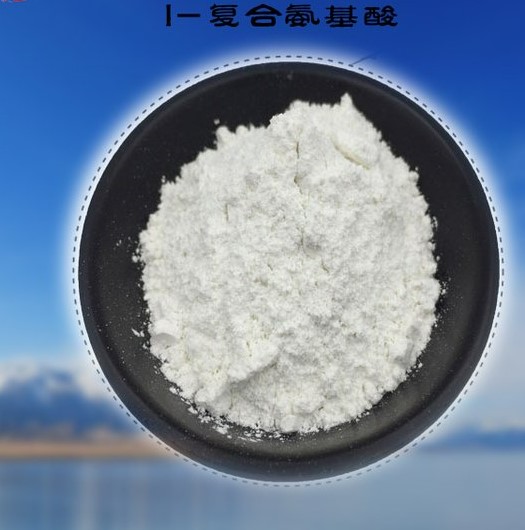Feed Additive
Additives For Food Packaging
Colorant
Stabilizer and Coagulator
Water Retention Agent
Feed Deworming Health Agents
Anti Corrosion and Preservation
Color Fixative
Flour Treatment Agent
Defoamer
Coating Agent
Feed Vitamins
Emulsifier
Other Food Additives
Nutritional Fortifier
Thickening Agent
Feed Quality Enhancer
Antioxidants
Chewing Gum Bases
Bulking Agent
Feed Amino Acids and Small Peptides
Flavor Enhancer
Sweeteners
Additives For Feed Preservation
Other Feed Additives
Food Additive
Bleaching Agents
Anticaking Agent
Food Flavors and Fragrances
Enzyme Preparation
Feed Trace Elements
Acidity Regulators
Feed Growth Promoters
Feed Conditioner
CAS:9010-10-0
Molecular Formula:C13H10N2
Alias
More Information
Soybean Proteins; Phytodermine; 2-Phenyl-2-(Pyridin-2-yl)Acetonitrile; Alpha-Phenyl-2-Pyridineacetonitrile; Phenyl(Pyridin-2-yl)Acetonitrile; 2-Phenyl-2-Pyridin-2-Ylacetonitrile; Soy Protein Isolate; Soybean fast-Dissolving Protein; Soy Protein Injection; Soy Dietary Fiber; Soy Protein Concentrate
Brief Introduction
Soy protein is one of the plant proteins with good amino acid balance. It is rich in 8 kinds of essential amino acids for the human body. It is basically in line with the amino acid composition recommended by the World Food and Agriculture Organization and the World Health Organization. Its unique physiologically active substance-Big Soy Isoflavones It also has the effect of lowering cholesterol and does not contain cholesterol. Compared with animal protein, soy protein has a health care effect on the kidneys. When soy protein is used instead of animal protein, it can reduce the excretion of calcium in the urinary system.
Suppliers
View More Vendors (2) >
CAS:308066-66-2
Alias
More Information
Fructose-Oligosaccharides; FOS; Nutraflora; Fos-P Power 300; Nutraflora L 55; Raftilose Synergy; Scfos; Nutraflora L 95; Oligosaccharides, Fructose-Contg.; Nutraflora P 95; Orafti L 85; Fortifeed; Fructose-Contg. Oligosaccharides; Actilight; Beneo P 95; Beneo Ops; Nutraflora Scfos; Fructose-Containing Oligosaccharides; Fortifeed P 95; Nutriflora P; _|_; Oligosaccharide
Brief Introduction
Fructooligosaccharide is an indispensable component of human diet. It has significant effects on improving intestinal function, preventing constipation and diarrhea, reducing blood lipid and improving human immunity. Fructooligosaccharides are widely used in food, health products and other industries due to their superior physiological functions and physicochemical properties. They are known as a new source of healthy sugars in the 21st century with the trinity of nutrition, health care and curative effect. Fructooligosaccharide is a kind of natural active substance, its sweetness is 0.3-0.6 times of sucrose. Fructooligosaccharides not only maintain the pure sweet nature of sucrose, but also are more sweet and refreshing than sucrose. Fructooligosaccharides are mainly used as sweeteners in dairy products, lactic acid bacteria drinks, solid drinks, candy, biscuits, bread, jelly, cold drinks and other foods.
Suppliers
View More Vendors (2) >
CAS:106372-55-8
Molecular Formula:C18H23N3O9S
Alias
More Information
Aspartame Acesulfame; Acesulfame Aspartame Salt; (5-Benzyl-3,6-Dioxo-2-Piperazinyl)Acetic Acid; 4,5-Benzoacenaphthylene; Benz(E)Acenaphthylene; Twinsweet
Brief Introduction
Double sweet is a compound prepared by the best combination of two known sweeteners, acesulfame and aspartame. It is considered non-toxic (GRAS) in the United States and has been approved for use in China. The sweetness of double sweet is about 340 times that of sucrose. It has no hygroscopicity, heat and caries. It has good thermal stability and excellent solubility.
Suppliers
View More Vendors (2) >
Alias
More Information
Stevioside; Glucosyl Stevioside; GSG
Brief Introduction
It is often used as a sweetener of glycyrrhizin or sucrose. It is often used in combination with sodium citrate to improve sweetness. It is mainly used in bitter drinks, carbonated drinks, pickled products, etc.
Suppliers
View More Vendors (2) >
Brief Introduction
Amino acid is the basic substance necessary for human life movement. Its physiological function is to promote protein synthesis, collagen and growth hormone secretion, protect liver function, prevent liver function damage after drinking, beautify skin, eliminate fatigue, enhance appetite, improve the immune ability of the body, promote post disease and postpartum rehabilitation, regulate endocrine, increase brain function and alleviate fatigue. There are many types of compound amino acids, and the raw materials are mainly divided into plant type and animal type. Plant type compound amino acids are refined from natural high protein plants by extracting, separating and refining a variety of amino acids from plants with advanced biochemical engineering technology. Animal type is made from various high protein animal bodies by microbiological fermentation, acid alkali hydrolysis and spray drying. The most common compound amino acids are mainly composed of 18 kinds of amino acids, such as glycine, alanine, leucine, isoleucine, valine, cystine, cysteine, methionine, threonine, serine, phenylalanine, tyrosine, tryptophan, proline, hydroxyproline, glutamate and aspartic acid.
Amino acid is the basic substance necessary for human life movement. Its physiological function is to promote protein synthesis, collagen and growth hormone secretion, protect liver function, prevent liver function damage after drinking, beautify skin, eliminate fatigue, enhance appetite, improve the immune ability of the body, promote post disease and postpartum rehabilitation, regulate endocrine, increase brain function and alleviate fatigue. There are many types of compound amino acids, and the raw materials are mainly divided into plant type and animal type. Plant type compound amino acids are refined from natural high protein plants by extracting, separating and refining a variety of amino acids from plants with advanced biochemical engineering technology. Animal type is made from various high protein animal bodies by microbiological fermentation, acid alkali hydrolysis and spray drying. The most common compound amino acids are mainly composed of 18 kinds of amino acids, such as glycine, alanine, leucine, isoleucine, valine, cystine, cysteine, methionine, threonine, serine, phenylalanine, tyrosine, tryptophan, proline, hydroxyproline, glutamate and aspartic acid.
Suppliers
View More Vendors (2) >
Inquiry (
10
/ 10
)
Clear All
Sign In
Error!

